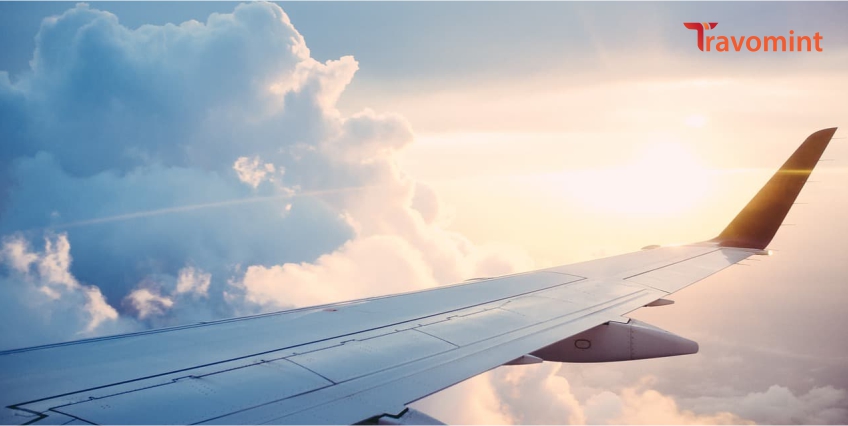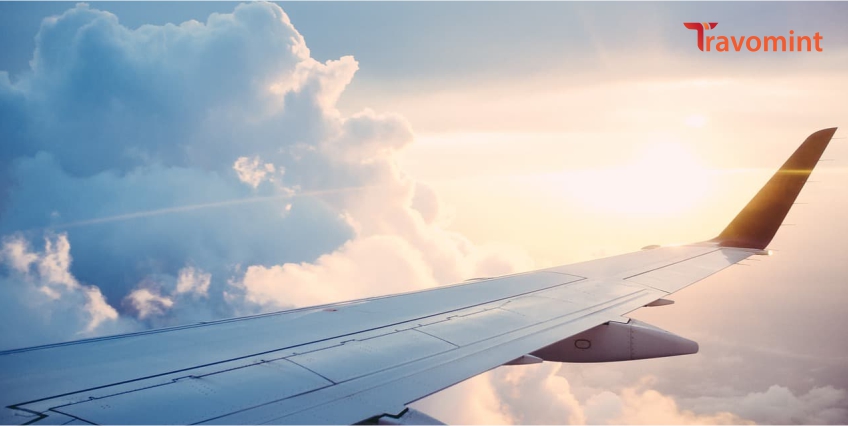- 12 Jul, 2024
When embarking on a flight journey for the first time, a person is concerned about availing all the appropriate details prior to their journey to have a smooth experience. Taking the baggage allowance information along with other imperative details is a must to avoid any additional fees and hassle at the moment of check-in at the airport. The baggage policies vary from airline to airline, as well as your flight's fare. However, here, you will get a general insight into how much baggage to carry on the flight and what kind of baggage is allowed. Read this context to get a basic understanding of baggage allowance.
Airlines Baggage Allowance
The bagggage allowance is categorized into different types, which are:
- Carry-On Bagggage
- Checked or Hold Baggage
- Special Baggage
1. Carry-on Baggage
Those pieces of baggage that travel along with the passengers on the flight's cabin are categorized as carry-on baggage at an airline. They are usually kept either inside the above-head bassinet or underneath the front seat. The carry-on allowance a passenger gets is as follows:
- Each individual on the flight is entitled to carry one piece of cabin luggage.
- Usually, the maximum dimensions of a carry-on bag are 22*14*9 inches, including the wheels and handles.
- Personal items such as a small purse, laptop bag, jacket, or umbrella can be carried to the cabin as carry-on baggage.
- If the carry-on bag surpasses the limit of carry-on baggage, it will be included as hold luggage.
- A passenger flying with an infant gets an additional 1 carry-on baggage allowance on the flight. Click for baggage policies on flight.
2. Checked or Hold Baggage
To provide more convenience to the passengers, the big and heavy luggage is transferred separately from the passengers to their final destination. These pieces of luggage are considered as held and checked baggage at an airline. Now, learn the allowance of the same from below:
- Economy class passengers often have 1 checked baggage allowance.
- The higher cabin class passengers may obtain 2 pieces of checked baggage for their flight.
- The common dimensions for the checked luggage are as follows: 27*21*14 inches.
3. Special Baggage
Some items can be odd sizes or require extra care to be transferred on the plane. Those items are generally categorized as special baggage. If the special baggage item exceeds the checked baggage allowance, there will be additional charges depending on the size and weight of the item to be carried.
What is the maximum limit for luggage?
On average, the maximum limit for carry-on baggage is up to 10 kg. On the other hand, checked or held baggage can weigh 50 pounds. You must confirm the weightage limitation for both your carry-on and checked luggage so that you do not end up overpacking, which results in additional charges at the airport.
What happens if my luggage is 2 kg overweight?
If a piece of baggage weighs 2 kg more than the allotted limit at the airline, you will have to pay the overweight baggage charges. Airlines are very strict with baggage allowances and do not allow passengers to carry more than their limited baggage or apply charges. Generally, the overweight baggage fee ranges from $50 to $300, depending on the travel route and class. Therefore, it is necessary that you check the baggage limit with your airline prior to travel to pack your luggage accordingly. Also read about hand luggage on International flights.
Can I pay for extra baggage at the airport?
Yes, you can pay for extra baggage at the airport. However, this option is not advised to be opted for, as it can be very expensive to get an extra baggage allowance. Instead, you can pre-pay for your baggage as per the needs of your airline and save yourself money when carrying baggage to your desired destination.
Now, you may seek the procedure of adding extra baggage to your reservation prior to reaching the airport. For you, the helpful procedure is mentioned below:
- Go to the airline's site you have booked with,
- Next, select the My Trips or Manage Booking option,
- Enter the booking confirmation code to one column and surname to another,
- Tap the Search key to get the booking details on the page,
- Now, look for the "Additional Service" column to select the "Additional Baggage" option,
- Add the number of baggage and the total weight,
- Make the necessary payment, and the extra baggage allowance will be added to your reservation.










